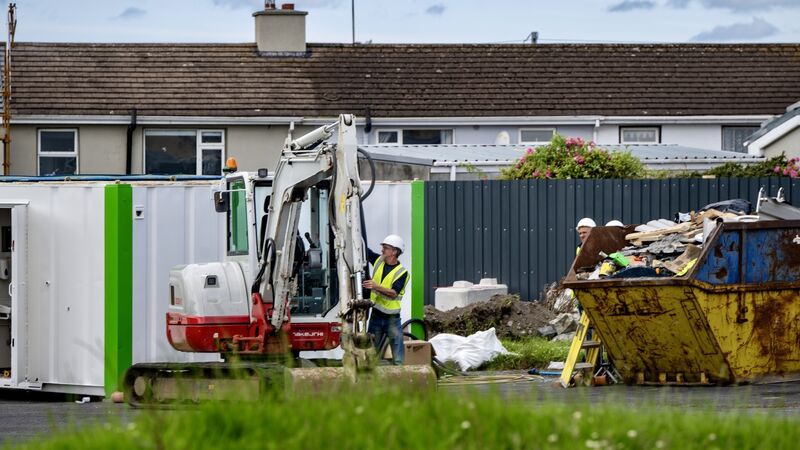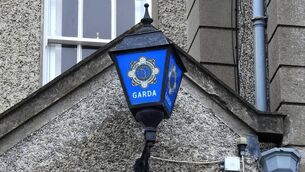Excavation uncovers remains of seven infants on grounds of former mother and baby home at Tuam

Excavation works underway at the site of the former Tuam Mother and Baby Institution. Also, seven sets of human remains that relate to the workhouse that predated the mother and baby home have been found. File picture: Chani Anderson
Seven sets of human remains have been recovered from an under-vault area at the grounds of the former mother and baby home at Tuam, which according to a new report, appear to be that of infants.
The Office of the Director of Authorised Intervention, Tuam (ODAIT), which is carrying out the first ever mass exhumation at the 5,000sq metre site of the former mother and baby home, said that the "initial assessment indicates that these skeletal remains belong to infants". It said a full analysis will be carried out to "estimate age at death".
In a statement, the ODAIT said: “It is currently undetermined which era these human remains are from, [and] ODAIT cannot say at this time whether they are from the Workhouse era (1841 to 1918), the military era (1918 to 1925) or the mother and baby institution era (1925 to 1961).
“Radiocarbon dating and other analysis is being carried out to aid in determining their era of origin. Analysis to determine their era of origin is expected to take at least three months to complete, and the results will be published in a technical update once received”.
Separately, seven sets of human remains that relate to the workhouse that predated the mother and baby home have also been found.
The statement said two further human remains had been found by the forensic team in this current period, bringing the total number of skeletal remains to seven. Five remains were reported in last month’s update.
The remains have been removed to the National Museum of Ireland, but they do not relate to the former Tuam mother and baby home.
Numerous items were found, including glass, pottery, and metal objects, including a Bovril jar and personal items such as a razor.
The evidence was uncovered during the reporting period, September 25, 2025, to October 29, 2025, across four main eras. Those eras are:
- Post-institutional: 1961 onwards.
- Institutional (the era of the mother and baby institution era): 1925 to 1961.
- Military: 1918 to 1925.
- Workhouse: 1841 to 1918.
The excavation, which began on July 14, continues at the location where workhouse plans indicated underground vaulted structures.
The forensic team said to access these underground vaulted structures, “it was necessary for safety reasons for the forensic team to excavate the surrounding ground first”.
However, they stressed that “this is not the multi-chambered tank in the memorial garden, which was located in 2016 and 2017. The memorial garden (where the Tuam babies are believed to be buried) will be excavated later in this process”.
All evidence recovered is being photographed, catalogued and retained by ODAIT in a dignified and respectful manner consistent with international standards and best practice.
Meanwhile, the ODAIT is now proceeding with the identification programme.
The statement said: “Anyone who believes they are related to someone buried at the Tuam site who has not yet contacted ODAIT is invited to do so.
"They will be assisted through the Application Process and Determination of Eligibility, which may take a number of weeks. Once determined eligible in accordance with the Act, a DNA sample will then be taken."









